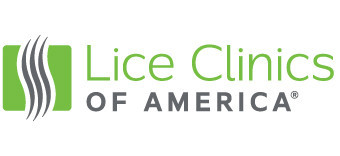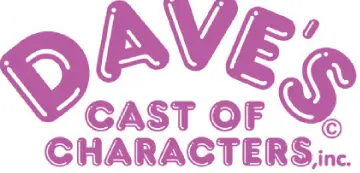
How to Choose the Right School District in New York Suburbs
A guide to choosing the right school district if your family is moving out of NYC into the suburbs.
Get can’t-miss family activities sent to you!
Get the Best Family Activities
What special courses do the schools in the district offer?
Ivy league and highly selective colleges want students who maximize their academic opportunities. If college level classes are available, they want students to take them. So ask if the high school offers AP courses. It won’t be held against students if the school doesn’t offer them though. “Find out what opportunities there are for learning outside of the core curriculum,” Post says. Ask how often they get physical education, art, library, and music classes. If you want your kindergartener to learn French, not all schools offer that. If you’re into STEM courses, see the options.
What arts, athletics, music, and other extracurricular programs do they offer?
Education isn’t just about academics. You want to see what the school offers beyond the classroom walls. It’s important for your child’s social and creative development. Plus, it will help keep them busy (and off the screen) after school. If your child is into lacrosse and ice hockey, make sure the district has teams for those sports.
Does the school district offer bussing?
Transportation options vary. If you’re far from the school, see if the town provides bussing. If not, be sure you feel comfortable having your child walk or that you’ll be available to drive him to school.
What are the school’s hours?
Ask what times school opens and gets out. See if it has half- or full-day kindergarten. Find out if it offers before and after care, if that’s something you’ll need. If you’re a working parent, these questions will help shape your child care. Also, drive past the school at drop-off and dismissal times to look at the parents and kids and decide if you’d fit in, Bernstein suggests. “See if you can picture your family there,” she says. “You want to understand what you’re getting into.”
Is the parent association active at each school?
If you plan to be actively involved in your child’s education, you want a district with an active parent-teacher organization or association. These organizations are made of teachers, school staff, and parents who work together to promote parent volunteerism and raise funds for the school. “A strong parent teacher organization is important,” says Jennifer Boel, a realtor for Christie’s International Real Estate in Ridgewood, NJ, an elementary school teacher, and mother of twin girls in middle school. “They’re the backbone of what brings everyone together. Parents have their children’s best interests at heart. Most of the time, from my personal experience, I have seen them go above and beyond to make sure that teachers, staff, and administrators feel heard and work collaboratively to make their school an enjoyable one.”
How is technology used to support teaching and learning at the schools in the district?
COVID has taught us how important it is for schools to invest in technology for both in-person and remote learning environments. “With the pandemic significantly changing the educational landscape within the past year and teachers and students relying on technology now more than ever, parents should consider how the school sees technology,” says Chistopher Rim, CEO and founder of Command Education in New York City. While each school and teacher have different approaches, see how the district has integrated technology into its virtual classrooms. Rim says you should find out if the school provides laptops to each student and what web platform (such as Google Classroom) students and teachers use daily to communicate. “Consider how updated the school is with their technology,” Hanson says. “This can be a sign that the district is investing in the school.” She also says you want teachers who are up to date on technology so they can assist the students. “This shows that the district is investing in teachers,” she says.
How is COVID being handled?
Find out the district’s status—whether the schools are completely remote, hybrid, or in school full-time. If students aren’t in school yet, ask about the school’s plans to get kids back in the classroom. Ask if the dates have been pushed back (and how many times) as well as how up to date the ventilation systems are. “Although we hope the limitations due to COVID will be behind us soon, see how a school handled the process regarding in-person versus remote learning as well as how well the school communicated with parents along the way,” Hanson suggests. Find out how each school is enforcing social distancing, what happens if you want your child to be remote, COVID testing protocols for the district, and remote support for students with special needs, Rim says. Also see how the district is handling sanitizing and mask policies.
What is the district’s (and each school’s) retention for rate staff and students?
Happy teachers will stick around. “Having a good mix of retained and new teachers without a lot of turnover shows a school with a healthy environment where the teachers are happy and like to work,” Hanson says. Also inquire about school enrollment trends and of any plans to close or consolidate schools. “Closing even one building can cause big changes in class size and programming,” Post says.








